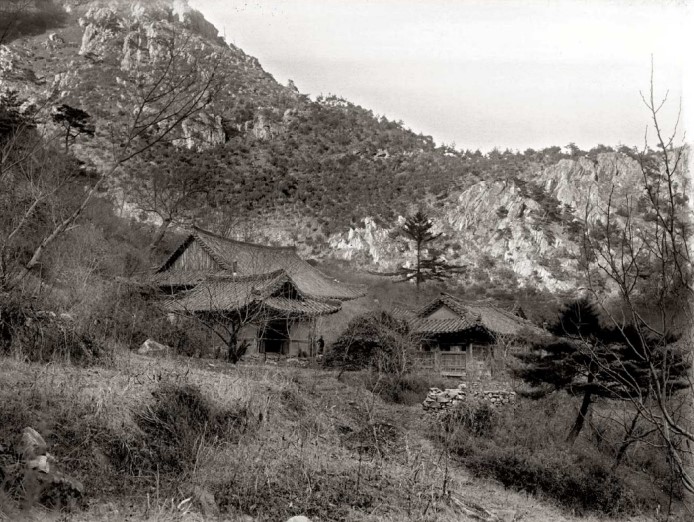
Temple History
Simwonsa Temple is located in Yontan-gu, Hwanghaebuk-to, North Korea. And the temple contains the fourth oldest wooden structure, the Pogwang-jeon Hall [Bogwang-jeon Hall] in North Korea. It should be noted that some of the spelling in this post will be based on North Korean spelling. The Pogwang-jeon Hall dates back to 1374, which makes it two years older than the Muryangsu-jeon Hall at Buseoksa Temple in Yeongju, Gyeongsangbuk-do and one year older than the Yeongsan-jeon Hall at Geojosa Temple in Yeongcheon, Gyeongsangbuk-do.
The exact date of the founding of Simwonsa Temple is unknown; however, it has been claimed that Doseon-guksa (826-898 A.D.) founded Simwonsa Temple. Later, and after returning from Yuan China (1271-1368), Yi Saek (1328-1396), who was also known under the pen name of Mogeun, influenced the rebuilding of Simwonsa Temple in 1374. Housed at Simwonsa Temple is a painting done by Yi Saek of Gwanseeum-bosal (The Bodhisattva of Compassion).
According to the Choson Sinbo, which is a pro-North Korean newspaper printed in Japan, renovations to Simwonsa Temple have been underway since June, 2010. The focus of this restoration work is to return the temple to its original form. Specifically, the pillars and the roof of the Pogwang-jeon Hall [Bogwang-jeon Hall] were fixed, and the dancheong colours were restored, as well. In addition to the work done on the Pogwang-jeon Hall, the walls of the Chilseong-gak Hall and the Cheongpung-ru Pavilion were renovated, as well.
Adding to the temple’s origins, and still according to the Choson Sinbo, records state that Simwonsa Temple was founded by Doseon-guksa along with Seongbulsa Temple. Both temple’s have shrine halls dating back to the 14th century, making them some of the oldest wooden structures still standing in North Korea.
Simwonsa Temple in Yontan is North Korean National Treasure #91.
Temple Layout
Simwonsa Temple is located in a clearing under the peaks of a neighbouring mountain range. Simwonsa Temple is located on a north to south central axis with the Cheongpung-ru Pavilion being the first temple structure to greet you at Simwonsa Temple. The Cheongpung-ru Pavilion has an open design for meditation or cooling off on a hot day. There is a beautiful yellow dragon painted across the central beam of the structure.
To the right or left of the Cheongpung-ru Pavilion, and now standing squarely in the middle of the temple courtyard, you’ll find the Eungjin-jeon Hall to your right and the Hyangno-gak Hall to your left. The Eungjin-jeon Hall formerly acted as a temple shrine hall; now, however it’s used as the residence for the temple caretaker.
Straight ahead of you is the historic Pogwang-jeon Hall [Bogwang-jeon Hall], which houses an image of Birojana-bul (The Buddha of Cosmic Energy) inside it. The name Pogwang-jeon Hall means “Hall of Universal Light” in English. The central floral latticework of the Pogwang-jeon Hall is stunning as is the intricate eaves design and dancheong colours that adorn the main hall. Stepping inside the Pogwang-jeon Hall, and joining Birojana-bul inside the main hall, is a Shinjung Taenghwa (Guardian Mural) on the far right wall.
To the right rear of the Pogwang-jeon Hall [Bogwang-jeon Hall] is the Chilseong-gak Hall, which seemingly has been newly repaired. Also to the rear of the main hall, and in the forested area, is a stele with a tortoise base. And while it’s older, it’s unclear as to when it was first constructed; however, it does have a cartoonish-looking face. Also in this area is a stupa that’s 2.58 metres in height. It’s built on the western ridge behind the Pogwang-jeon Hall. It’s believed that this highly ornate stupa dates back to the end of the Goryeo Dynasty (918-1392). The stupa is top heavy with a large roof stone that curves dramatically upwards. In the centre stands a circular body stone that supports the weight of the upper part of the stone structure.
How To Get There
For now, in today’s political climate, you don’t. But hopefully one day soon we can. Below is a map of where to find Simwonsa Temple in Yontan, Hwanghaebuk-to, North Korea.
Overall Rating: 8/10
Like all North Korean Temples, Simwonsa Temple rates a bit higher because of its off-limits nature. Adding to its extreme exclusiveness is the Pogwang-jeon Hall [Bogwang-jeon Hall], which is the fourth oldest wooden structure in North Korea. The main hall dates back to 1374. Another highlight at the temple is the ornate Goryeo-era stupa.
Historical Pictures of Simwonsa Temple
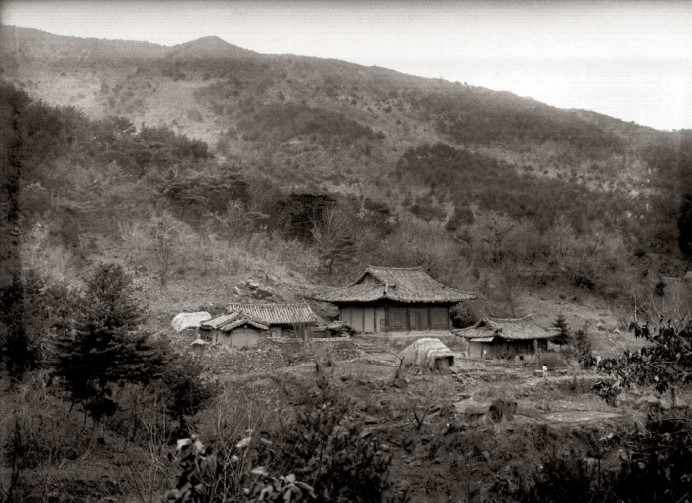

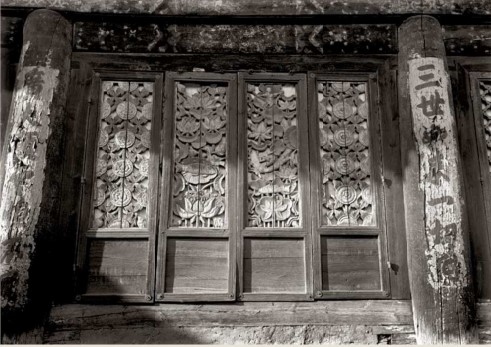
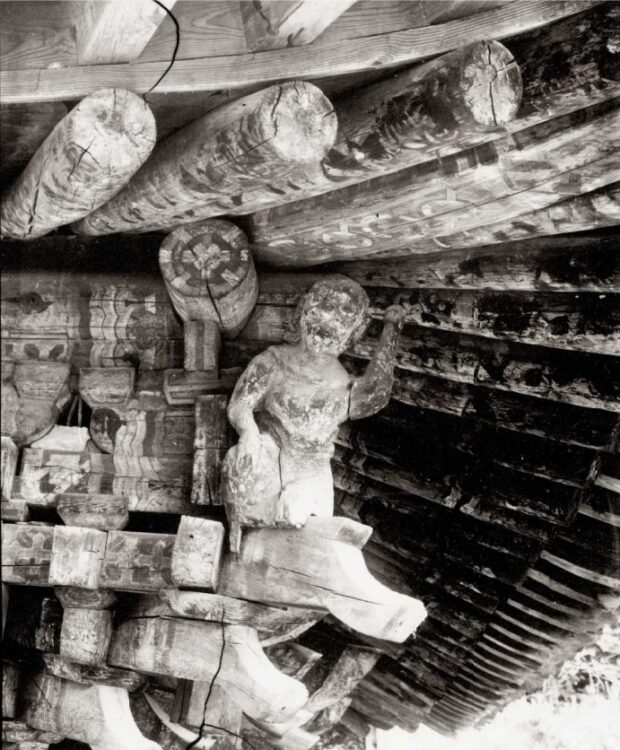
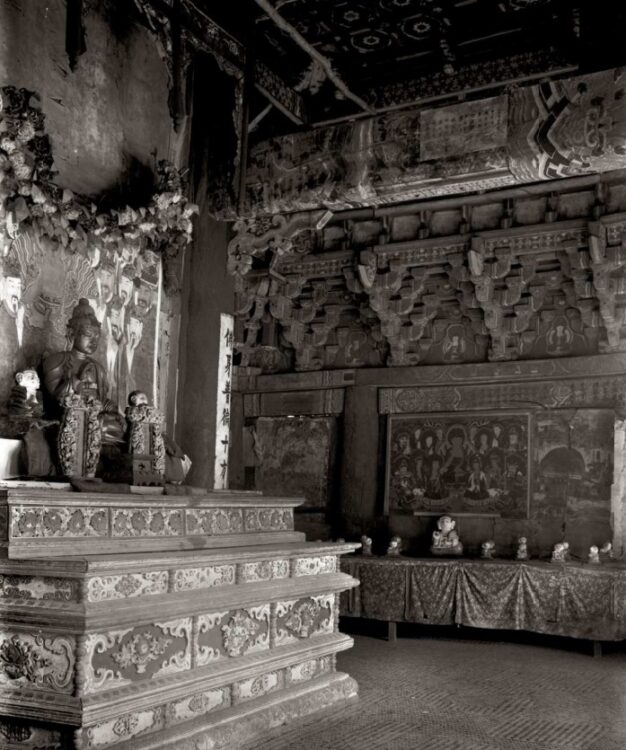
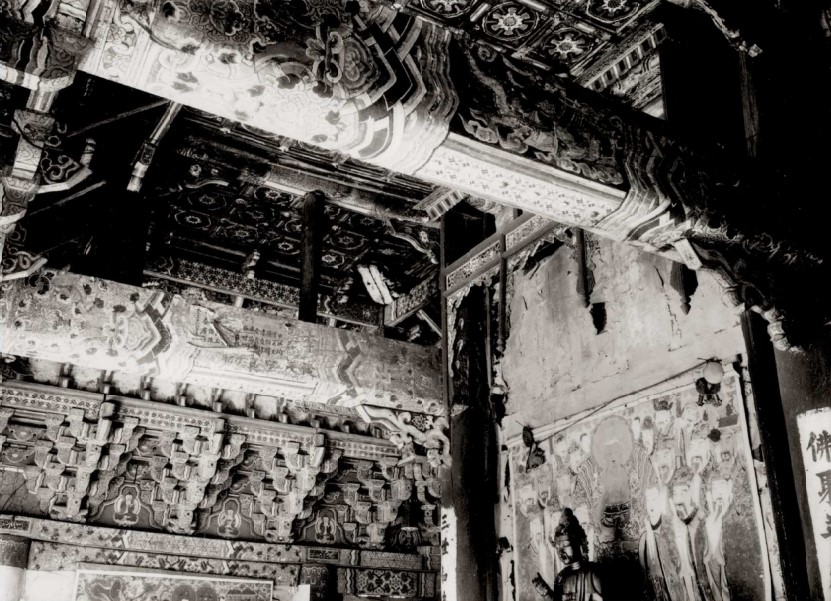

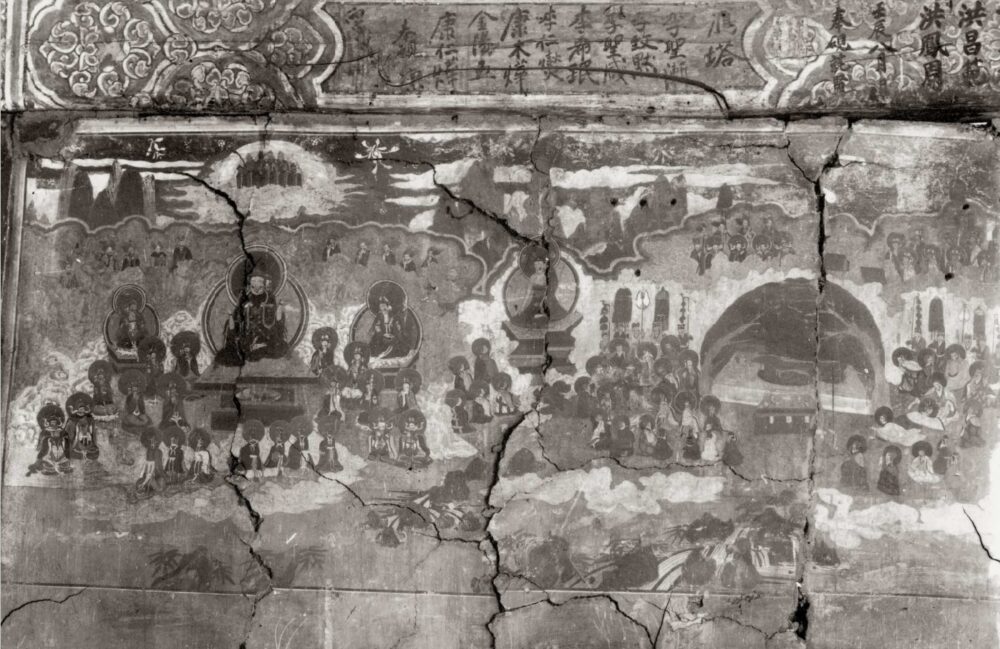
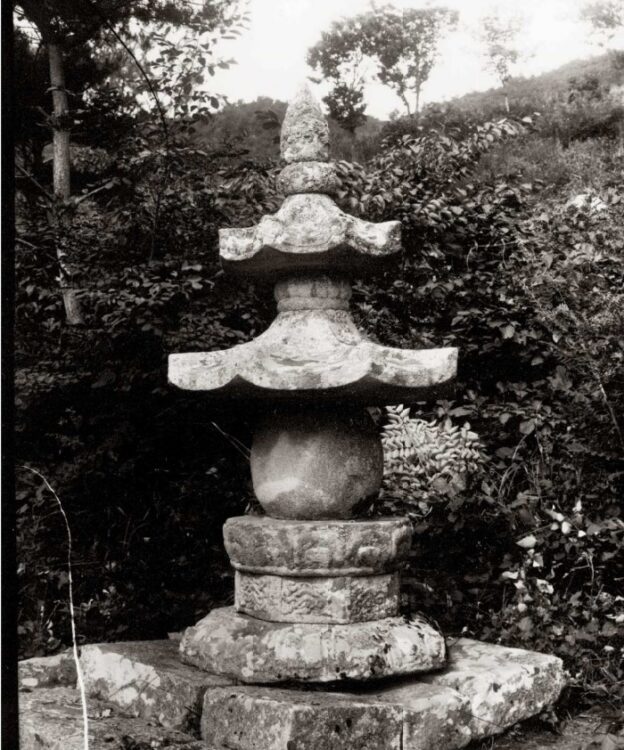
Simwonsa Temple Now (Sept., 2008)
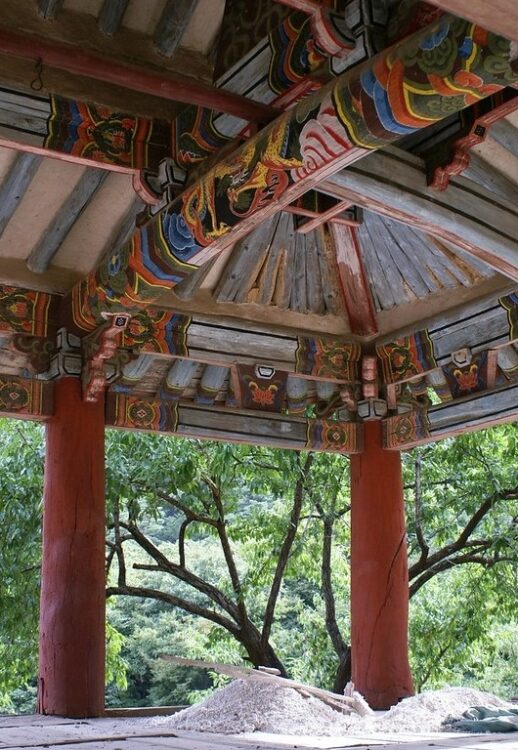
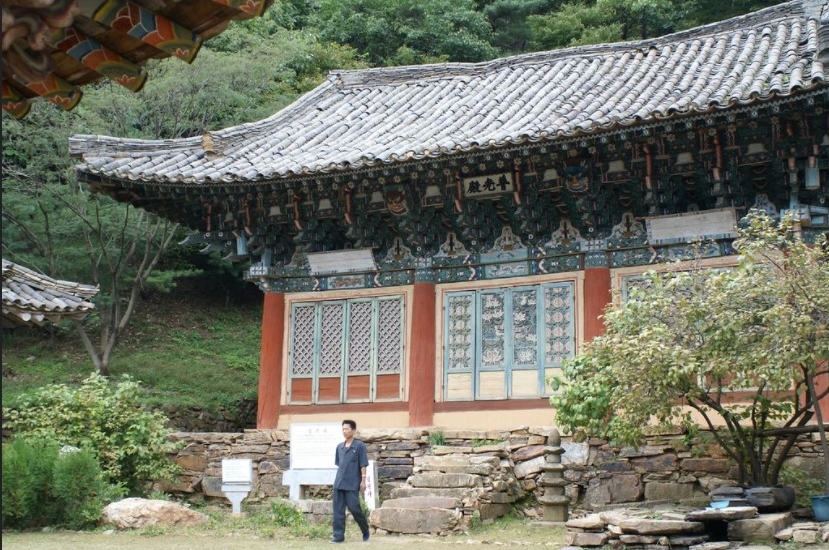
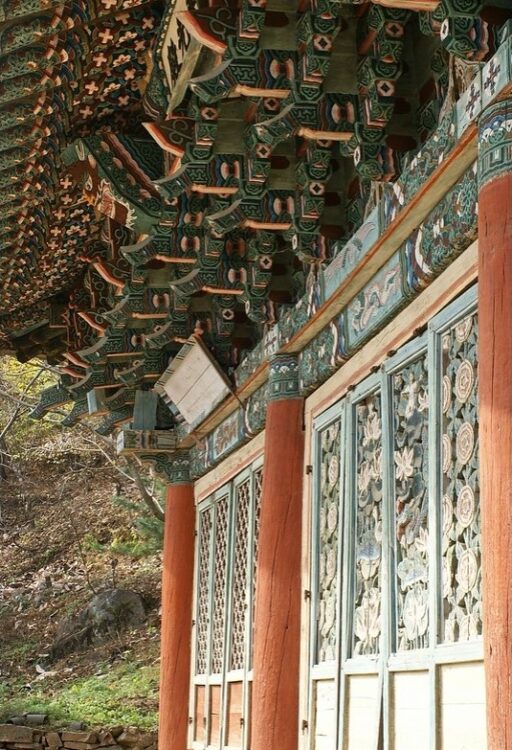
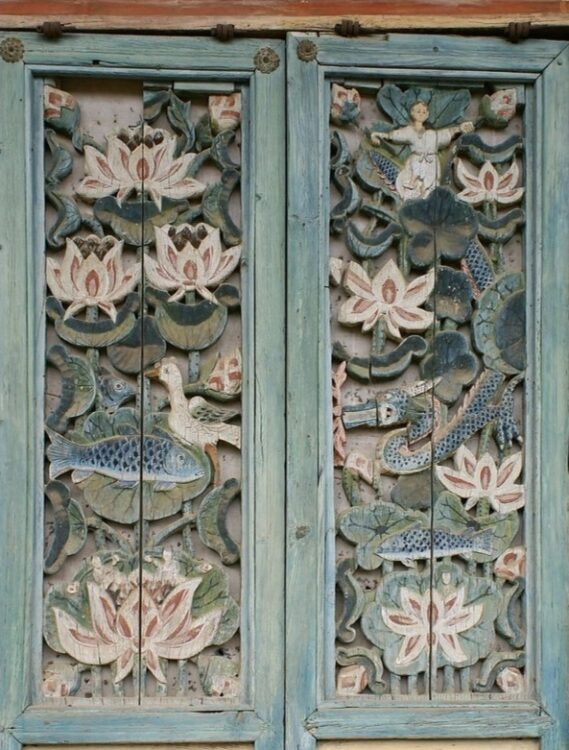
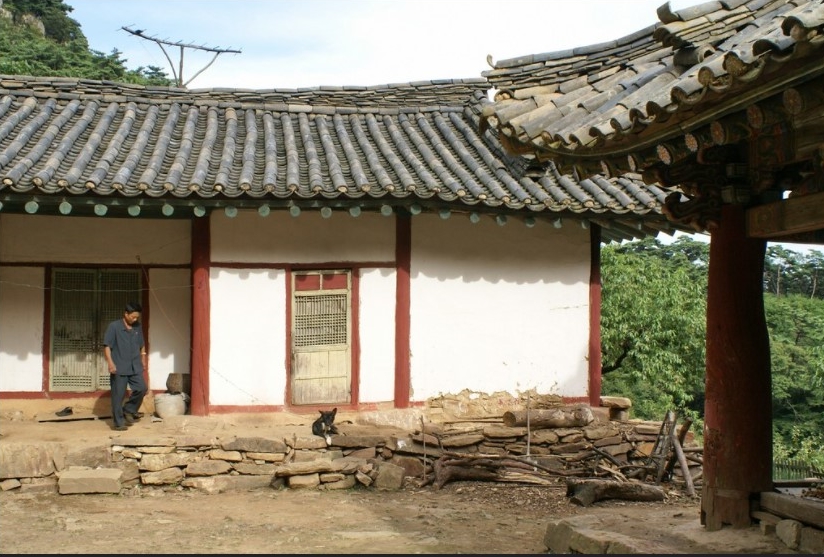
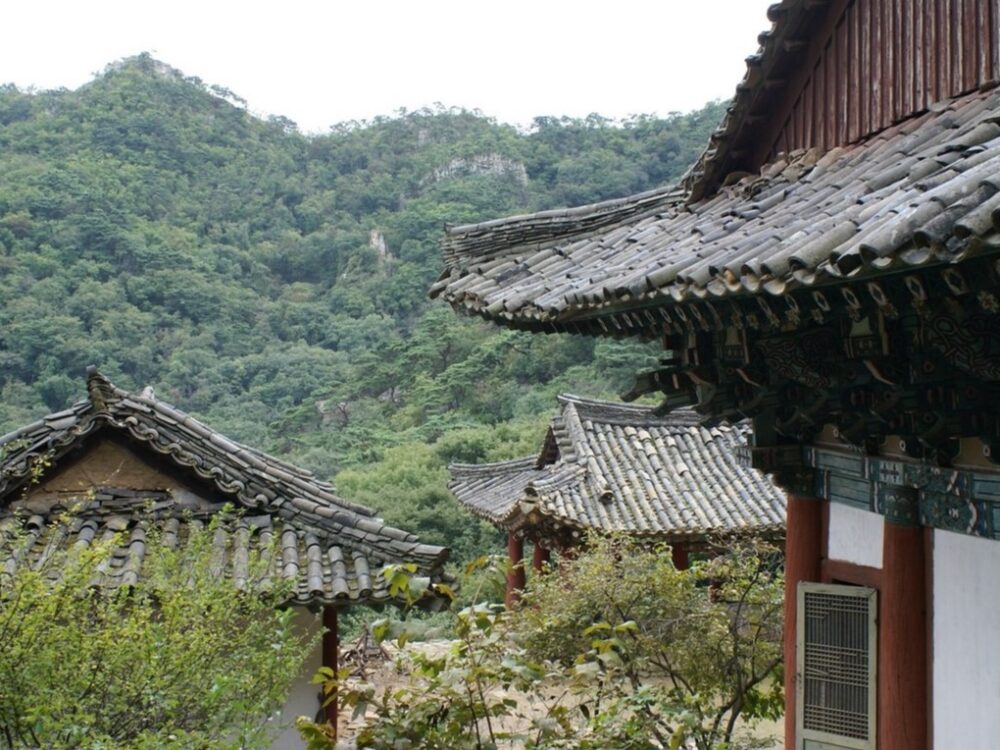
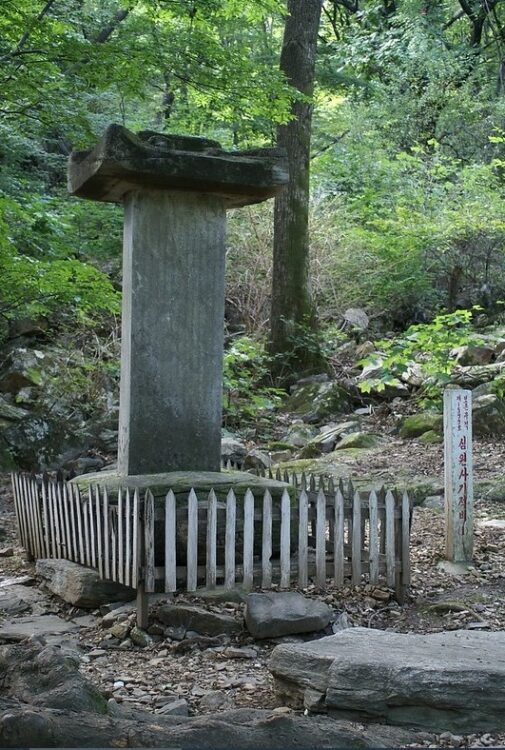
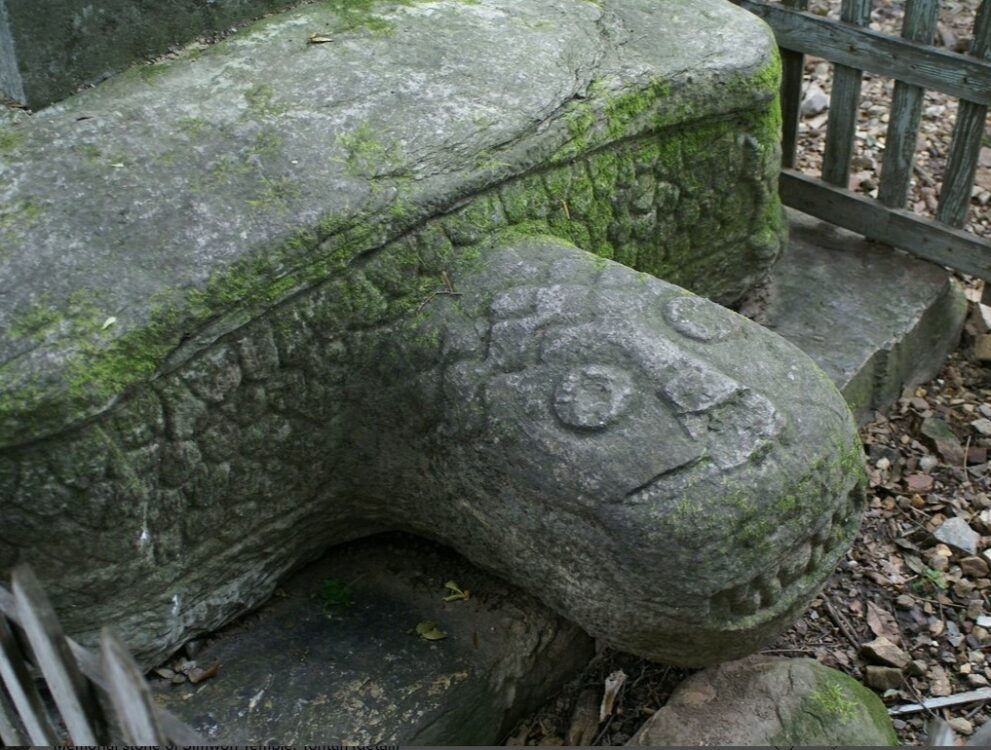
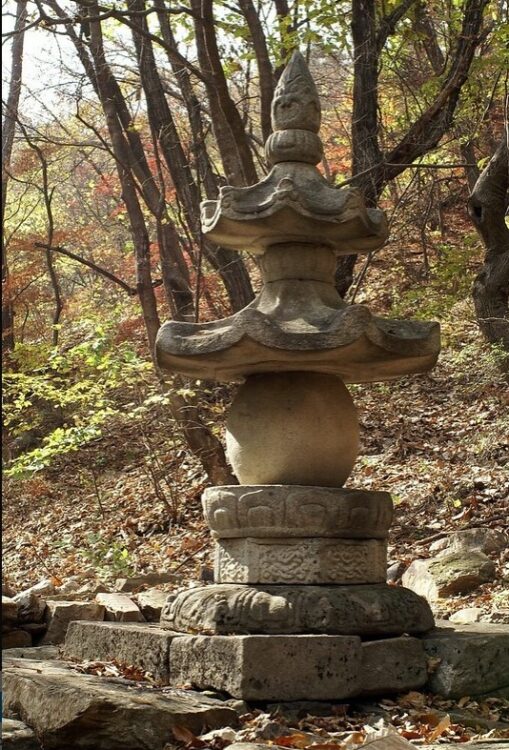


Recent comments